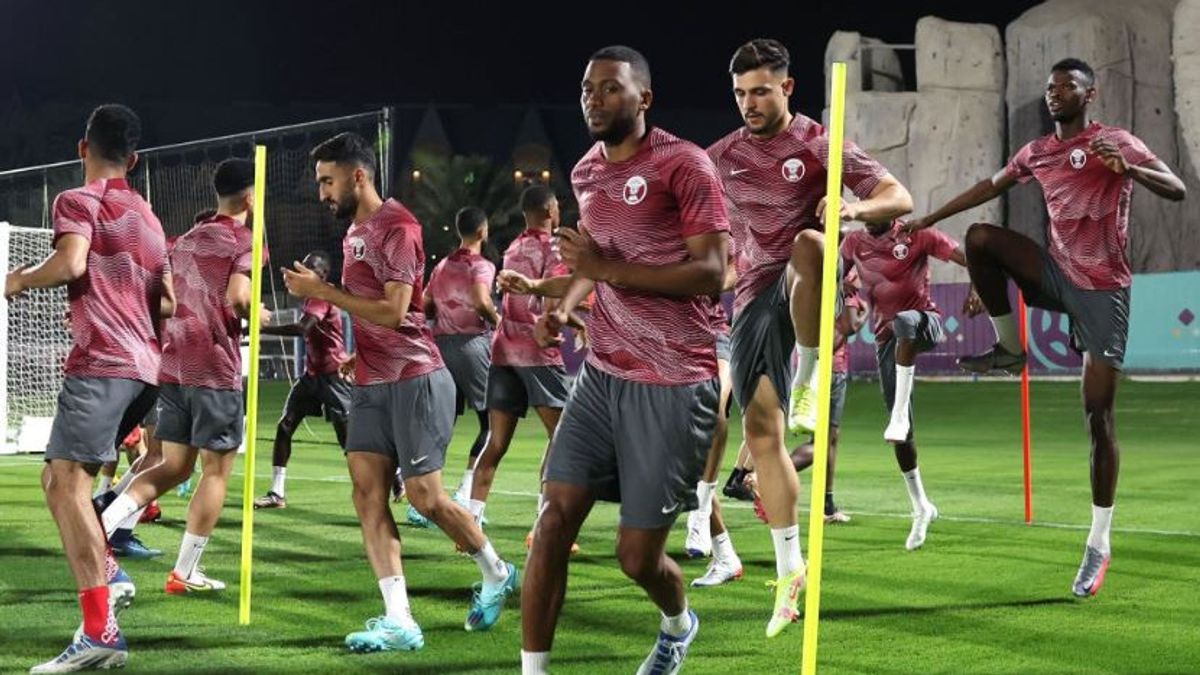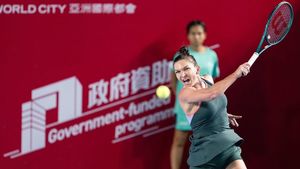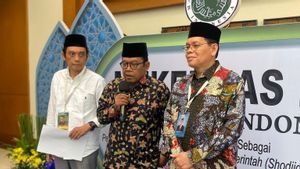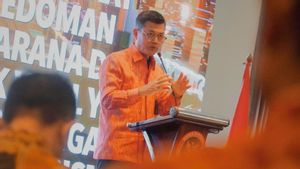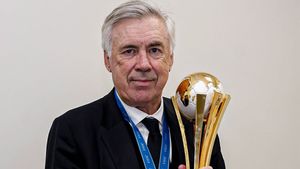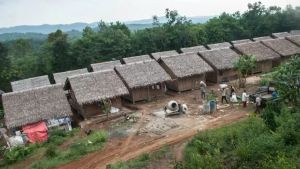JAKARTA - The 2022 World Cup will open on Sunday, November 20. This quadrennial grand tournament will be held in Qatar.
As the host, Qatar automatically qualified directly as a participant. Apart from Qatar, there were four other Asian representatives who also participated in this edition of the World Cup.
That's the second most total after Europe sent 13 teams.
When referring to the area and population of the world's total area and population, Asia minus Australia takes 29.4 percent of the world's territory and 60 percent of the world's population or 4.73 billion people.
Compared to Europe which is only 6.8 percent of the world's area or only 10.53 million km on a scale and a population of 746.4 million people or only 15 percent of Asia's total population.
Unfortunately, football's achievements are rarely perpendicular to the population and area.
Europe has the highest and most successful and most advanced coefficients in the football industry, so it doesn't just make football purely industrial, but is also a magnet for great football talents from all over the world.
No wonder today, eight of the top ten FIFA rankings are from Europe. Not only that, two-thirds of the football players who competed in the Qatar 2022 World Cup came from European clubs.
On the other hand, the highest FIFA ranking from Asia is Iran in 20th place. Followed by Japan (24), South Korea (28), Qatar (50), and Saudi Arabia (51), while Australia ranks 38.
All of these AFC zone teams are countries that occupy the top six Asian rankings.
One team qualified automatically as the host, four teams qualified as champions and runners up two qualifying groups, and another, namely Australia, qualified after first passing the intercontinental playoffs against Peru which they won 5-4 on penalties.
So, will with all such statistics, Asia will not do much in the 2022 World Cup? Later! It's okay to be inferior in that regard, but in any football it can happen.
If you look at what the six AFC teams have achieved in the previous few World Cups, plus competing on their own continent which is the second after the 2002 Japan-South Korea World Cup, Asia could do a lot at this World Cup.
Four of the six AFC teams have already passed the World Cup group stage, even South Korea reached the semifinals in 2002, while Japan has three times reached the last 16. Saudi Arabia and Australia, ranked FIFA below Iran, have also reached the last 16,
But Iran, which is the highest-ranked AFC team and is entering its sixth World Cup, has never qualified from the group stage. As for Qatar, 2022 was its first World Cup.
Even before the Qatar World Cup kickoff, most Asian teams had been set aside from various predictions by already being convicted of not doing anything further than the last 16, even the group stage.
The reasons are all kinds of things, but it is understandable, one of which is the composition of their team.
Qatar and Saudi Arabia fielded a squad entirely from their domestic leagues, even though there is a consensus on football for which teams have many players from competitive leagues, especially in Europe, so they are the ones who can do a lot in the World Cup.
But the other four teams have no compositions like Qatar and Saudi. Iran, which has the highest rankings and one of Asia's World Cup subscriptions, has a squad of 13 of them from European clubs, including Samand Ghoddos, who plays in the Premier League for the Brentford and ARDar Azmoun clubs who defend Bayer Leverkusen in Germany.
Australia too. As many as 16 of its 26 players played in Europe. But their most prominent player remains Mathey Leckie who plays for local club Melbournce City who has 73 caps and has already presented 13 goals for his national team.
Japan included seven local products, while the rest were players playing in Europe, including Arsenal Takehiro Tomiyasu's player, Maya captain Yoshida who played for Schalke in Germany, Takefuso Kubo who is now defending Real Sociedad, and Takumi Minamino who is a former Liverpool player and now AS Monaco's mainstay in France.
But more than half of South Korea's squad are local club players, only eight players are playing in Europe, including Son Heung-min captain Tottenham Hotspur and Wolverhampton Wanderers Hwang Hee-chan in England, as well as Olympiacos player Hwang Ui-jo who is the second-highest goalscorer under Son Heung-min.
That's a bit of a guarantee that Asian teams could do more, especially as at the 2002 World Cup, they are now competing on their own continent, who knows this is giving them more energy to reach a higher level than they previously did.
Even if they are underestimated, it is used as motivation by Asian players to prove that they are not a complement to the World Cup, that they are elected envoys from their countries and continents to show their football climate is also not inferior to the established areas of football, such as Europe and South America.
"At the 2014 World Cup, the achievements (of the Asian teams) were relatively good," Iranian national team player who is also midfielder Feyenord, Alireza Sajarbakhsh, told ESPN.
In 2018, Iran came close to qualify for the last 16, and so did South Korea, then coached by Shin Tae-yong, who is now training Indonesia, made a surprise to beat Germany in the group phase.
Goyangbakhsh yakin, "level Asia sudah sangat meningkat, khususnya karena semakin banyak pemain Asia yang bermain di Eropa. Saya yakin kali ini tim-tim Asia akan lolos ke babak kedua."
Kazinbakhsh's talk is not nonsense because if the 2022 World Cup warm-up match becomes a benchmark, then Asian teams will signal that they are ready to go far.
Not long ago in a friendly last September, Iran toppled the Uruguayan two-time world champion with 1-0, and then held back the 1-1 series of African Cup winners, Senegal.
Japan is also pretty good. After beating the United States 2-0, they drew 0-0 against Ecuador.
Even with South Korea. After the 2-2 series against Costa Rica, Japan silenced Senegal 1-0.
Even Saudis, which are full of local players, hold Ecuador and the US to a 0-0 draw. Croatia, who are runners up at the 2018 World Cup, can only win 1-0 against them.
Indeed, all of these are friendly matches whose atmosphere is clearly different from competitive matches, especially World Cup matches.
But it has become a little illustration that Asia, as it is called Majarbakhsh, is ready to take the step even further from just the group phase, despite the fact that South Korea and Japan, which have always played attractively attacking, are the Asian teams that have passed this round the most.
They clearly don't want to be a complement.
It's time for Asia to talk a lot, just like their aggressive investors bought Europe's top clubs.
The English, Chinese, Japanese, Arabic, and French versions are automatically generated by the AI. So there may still be inaccuracies in translating, please always see Indonesian as our main language. (system supported by DigitalSiber.id)
